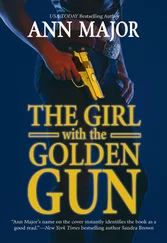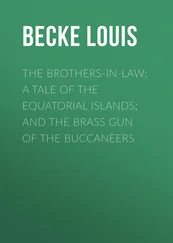The NRA’s hard-liners, who despised the Gun Control Act, began working to ensure that such an infringement of the constitutional right to bear arms would not occur again. And soon the bald, bullet-headed figure of Harlon Carter took the helm. He was the perfect leader for an organization steeped in the myths of the American frontier. As an officer and later chief of the U.S. Border Patrol, he came as close to being an Old West lawman as anyone could in the twentieth century.
But he also symbolized the darker aspects of America’s enthusiasm for guns. For Carter was a convicted murderer.
In 1931, when he was seventeen, Carter shot and killed a Mexican boy with his shotgun under circumstances that prompted a jury to convict him of murder. Carter claimed he killed the boy in self-defense, after he brandished a knife. An appellate court overturned the conviction, charging the lower-court judge had improperly instructed the jury as to what constituted a valid claim of self-defense. The charges were never refiled.
After Carter and his allies seized control of the NRA in the 1977 Cincinnati Revolt, the NRA heeled sharply to the right. It shifted emphasis from promoting the shooting sports to battling firearm regulations, a shift made official in 1977 when the association amended its New York State charter to include the goal of promoting “the right of the individual of good repute to keep and bear arms as a common law and constitutional right both of the individual citizen and of the collective militia.”
A study conducted a few years earlier by the Institute for the Future, Menlo Park, California, for Remington Arms Company, warned that the NRA’s “right-wingers are becoming increasingly isolated from the society of today.” The report continued: “Dismissing unpleasant information about guns in society and denying integrity to those who are concerned about guns, they manage to survive in a bunker decorated with white hats and black hats, in a make-believe world of American ‘sacred rights,’ ancient skills, and coonskins.”
Nonetheless, by 1978 the NRA claimed 1.2 million members. By 1983, its membership had increased to more than 2.6 million and was growing at three thousand a week.
But the NRA had moved so far to the right, had become so ardent in its opposition to any and all firearms regulation, that it soon began to lose some of its closest friends outside the organization. Most important, it alienated the law-enforcement community. In the late 1980s it opposed legislation aimed at outlawing armor-piercing ammunition and at banning such assault weapons as the MAC-10 and the Cobray. When police agencies dared criticize the NRA, their officials came under withering return fire. One of those attacked was Joseph McNamara, the widely respected chief of police in San Jose, California. (As of 1993 he was a fellow at the Hoover Institution studying ways to halt illegal drug distribution and was working on his next police novel.) In a 1987 advertisement for Handgun Control Inc., McNamara charged that the NRA leadership “has repeatedly ignored the objections of professional law enforcement,” thus making police work “more difficult—and more dangerous.” The NRA, in its own advertisements, accused McNamara of favoring legalization of drugs, a course he had never endorsed. At one point, someone sent him a bull’s-eye target bearing his image. “I’ll tell you,” he said. “That target was shot full of holes.”
Until the NRA began its attacks, most law-enforcement agencies considered the NRA their ally, McNamara said. Their allegiance, he said, reflected a fundamental misunderstanding of the NRA’s attitudes and mission. “The NRA had gotten by for a lot of years on an image that wasn’t really accurate, that they were supportive of law enforcement.” The attacks on police chiefs, he said, “educated law enforcement as to their true colors.”
Then the unthinkable occurred: the NRA began losing membership. From 1989 to 1991, its membership shrank from almost 3 million to about 2.5 million. Newspapers across the country began running stories that the NRA had lost its punch. The embattled association launched a campaign to restore the popular conception of its influence, drawing on frontier imagery to help. The annual meeting that was to mark its comeback was deliberately staged in San Antonio, home of The Alamo. The historic site, according to Osha Davidson, author of Under Fire , “was the touchstone of all those American values the gun group liked to claim as its own: an uncompromising attitude, unabashed love for this country, and a readiness to fight her enemies—no matter what the odds.”
The NRA stepped up spending to bolster its influence, calling itself “The New NRA.” Its political action committee—the NRA Political Victory Fund—spent $1.7 million on the presidential and congressional campaigns of 1992, more than twice as much as the $772,756 it spent in 1988. Between the 1990 and 1992 election cycles, the Victory Fund increased its spending more than any other registered PAC. The NRA also stepped up its lobbying expenditures. In 1992 it spent $28.9 million, 43 percent more than in 1988.
The centerpiece of its image-burnishing campaign, however, was a membership drive of unprecedented expense. The best way to refute reports of the NRA’s demise was to boost membership to record levels. The NRA set out to do so, and to spare no expense. In 1992 alone, PM Consulting, the direct-mail company chosen to manage the drive, spent $25 million—$10 million more than budgeted. The NRA lured members with all manner of appeals and devices, including no-fee credit cards, gun-safety videos for kids, even a “Sportsman’s Dream Gun Sweepstakes,” in which the grand-prize winner stood to receive ten different hunting rifles and ten all-expenses-paid hunting trips. For the first time, the NRA enlisted the help of firearms dealers, offering them a substantial share of the $25 new-member fee for each recruit they managed to sign. For-profit gun shows waived their admission fees for anyone who joined the NRA on the spot.
The drive worked. In 1992, the NRA had a net gain of 616,000 members. As of October 1993, its membership had risen to a record high of nearly 3.3 million. The NRA was indeed bigger than ever before, but its campaign to boost membership and bolster its member programs had resulted in a 1992 operating deficit of $31.6 million, larger than ever in its history.
Despite all this spending and the surge in membership, by the middle of 1993 the NRA still seemed to have lost important ground. The association remained estranged from the nation’s law-enforcement community. And it faced a series of unaccustomed setbacks. In 1993, Virginia passed its one-gun-a-month law, despite the $500,000 the NRA spent to defeat the legislation. Connecticut passed an assault-gun bill that outlawed the sale of certain assault guns, including the AR-15 made by Colt’s Manufacturing, headquartered in Connecticut’s own “Gun Valley.” New Jersey passed an assault-gun bill. The New York assembly did likewise. Politicians and pundits began talking of a “sea change,” a new distaste for gun violence as pervasive as the antigun mood of the late 1960s. One New York assemblywoman, Naomi Matusow, won her seat in 1992 after campaigning with an explicitly anti-NRA slate. “It may just be,” she said, “that the NRA had cast a longer shadow than the reality.”
Far from adapting to the changing mood, the NRA continued its shift to the right. In 1993, a hard-right faction headed by Neal Knox, a former NRA executive who heads his own firearms lobbying group, further consolidated its hold over the NRA’s board and helped win a seat on the board for Harlon Carter’s widow, Maryann Carter. The board already included such hard-liners as Robert K. Brown, cofounder of Paladin Press and publisher of Soldier of Fortune magazine, but Maryann Carter’s election symbolized a return to first principles. No gun controls; no compromise. The “New” NRA seemed a reincarnation of the old NRA of Harlon Carter’s day.
Читать дальше
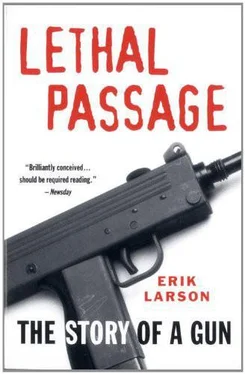
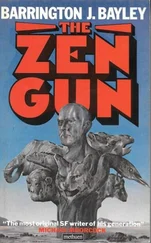
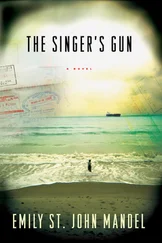

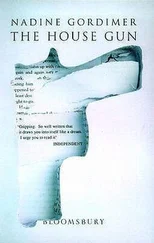

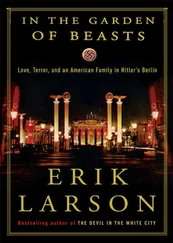

![Ричард Деминг - Whistle Past the Graveyard [= Give the Girl a Gun]](/books/412176/richard-deming-whistle-past-the-graveyard-give-t-thumb.webp)
